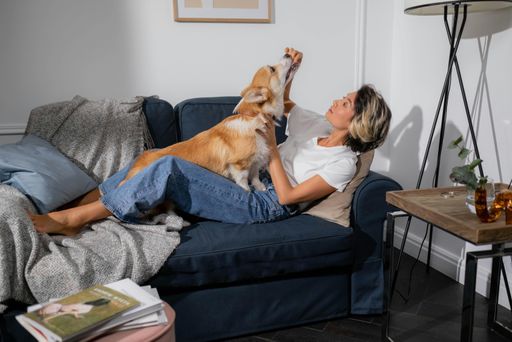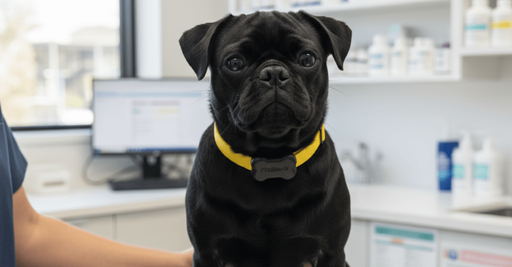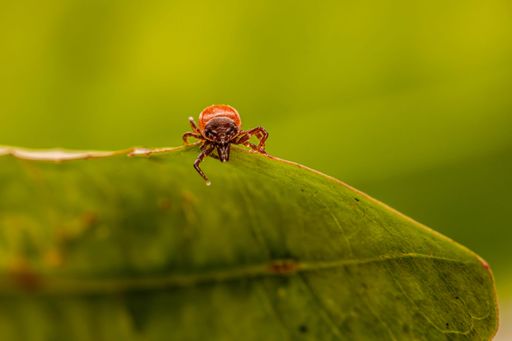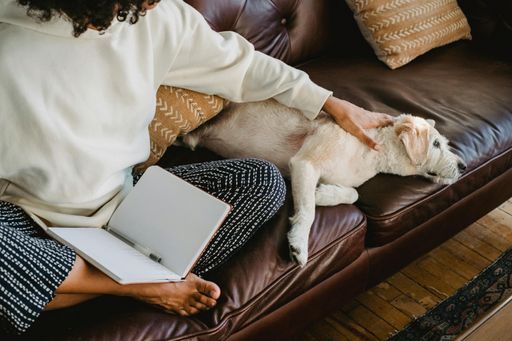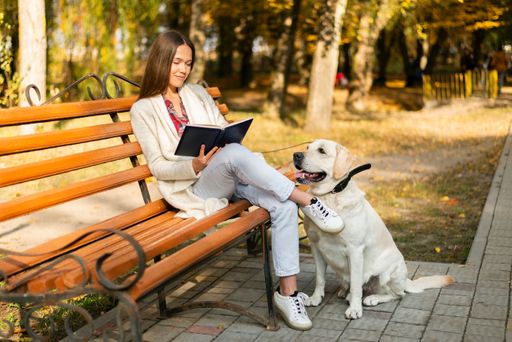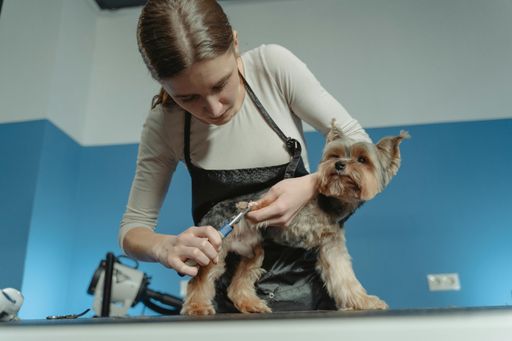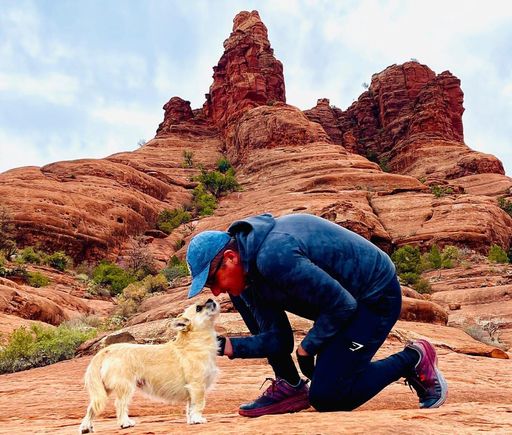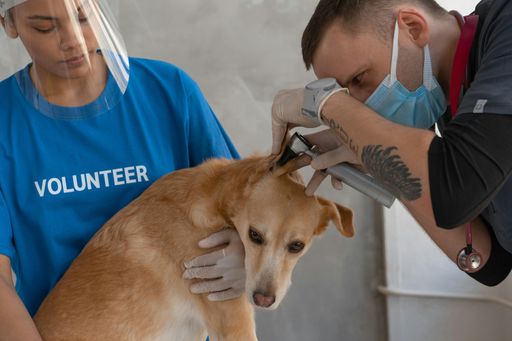There’s no questioning the importance and benefits of taking your pet on frequent walks. It’s great exercise for both of you, an opportunity to bond, and gives you a chance to enjoy nature. But, if you have a busy schedule or just consider yourself a night owl, you might end up taking more evening walks in the dark, rather than in the light of day.
There’s nothing wrong with that. Night walks are often cooler and can even be more peaceful. But, there are also more risks to walking your pet at night than during the day.
Protecting yourself against some of those risks can make your night walks more enjoyable and comfortable, and you can have peace of mind knowing you and your four-legged friend are as safe as possible while you enjoy some exercise and fresh air.
Use the Right Gear
One of the easiest and most effective ways to be safer on night walks is to arm yourself and your pet with the right gear. First, make sure you’ve got the basics on hand, whether you’re walking your dog at night or not. Some of the best tools and accessories to have for walking your dog include:
- A heavy-duty leash;
- Poop bags;
- First aid kit;
- Dog wipes;
- A self-defense item.
At night, adding a few more items to your gear list will benefit you and your furry companion. First, make sure people can see you, especially if you’re walking on the road. Reflective vests for both you and your dog can make a big difference, and so can a headlamp and a light-up collar for your dog. Nowadays, you can even purchase LED leashes that help improve visibility so people can see you walking before they get close.
No matter what time of day you’re going for a walk, a FitBark GPS tracker can offer you peace of mind. Not only does it keep track of your dog’s well-being, but if they happen to break free of their leash, run away, or even if you both get lost, you’ll be able to tell where they are so you can get to them quickly and get back home. Real-time location tracking like this will help to keep your pet safe and sound, especially when it’s dark and not easy to see them.
Plan Ahead
Even if you’re using all the right gear, night walks require a bit of extra planning and preparation. That starts with the route you take. Stick to routes you know, and save any new paths for the daytime. Familiar routes will help to ensure you don’t get lost and you’ll know exactly what to expect.
In addition to planning the right route, decide how far you want to go and what time you expect to be back. It’s a good rule of thumb to carry a cell phone with you, and to let at least one person know where you’re going to be and when you expect to be home. If you run into any issues on the walk, that person can check in on you and come to help. Better yet, have someone else join you on your walk. While your dog can protect you, and vice versa, traveling in a group with more than one person or animal can help to ward off potential threats.
Even if you typically go to a park or hiking trail for your walks, consider staying in your neighborhood at night. Walkable neighborhoods have many benefits. They’re great for staying active, they’re convenient, and the community development can give you peace of mind since you’re likely to know your neighbors and have people looking out for you. Walkable neighborhoods also generally have less traffic which will reduce the risk of you and your pet having to deal with drivers who might not be paying attention or those who have a harder time seeing on the road at night.
Prepare Your Pet
Training your dog to behave on walks is essential before you go with them at night. Make sure you go on plenty of walks during the day to get them familiar with walking on a leash and knowing how to act as they stroll through the neighborhood. They should be able to respond to basic commands and understand what they need to do to stay safe — and keep you safe — while you’re walking.
Additionally, make sure you’re preparing yourself to walk safely at night. Having the right gear and planning your routes are both important, but it’s also essential to stay vigilant while on your walk and to avoid getting caught by any distractions. Try not to listen to music or stare at your phone. It only takes a split second for something to happen, and staying focused and fully aware of your surroundings will reduce the risk of getting into trouble.
The more present you are during your night walks, the more likely it is that your dog will remain vigilant, too, so you won’t have to worry about them getting distracted and potentially getting themselves hurt.
Night walks can be very peaceful, especially with your furry friend at your side. Make sure you prepare yourself and your pet with the right gear and strategies, and you can take full advantage of an evening stroll.


